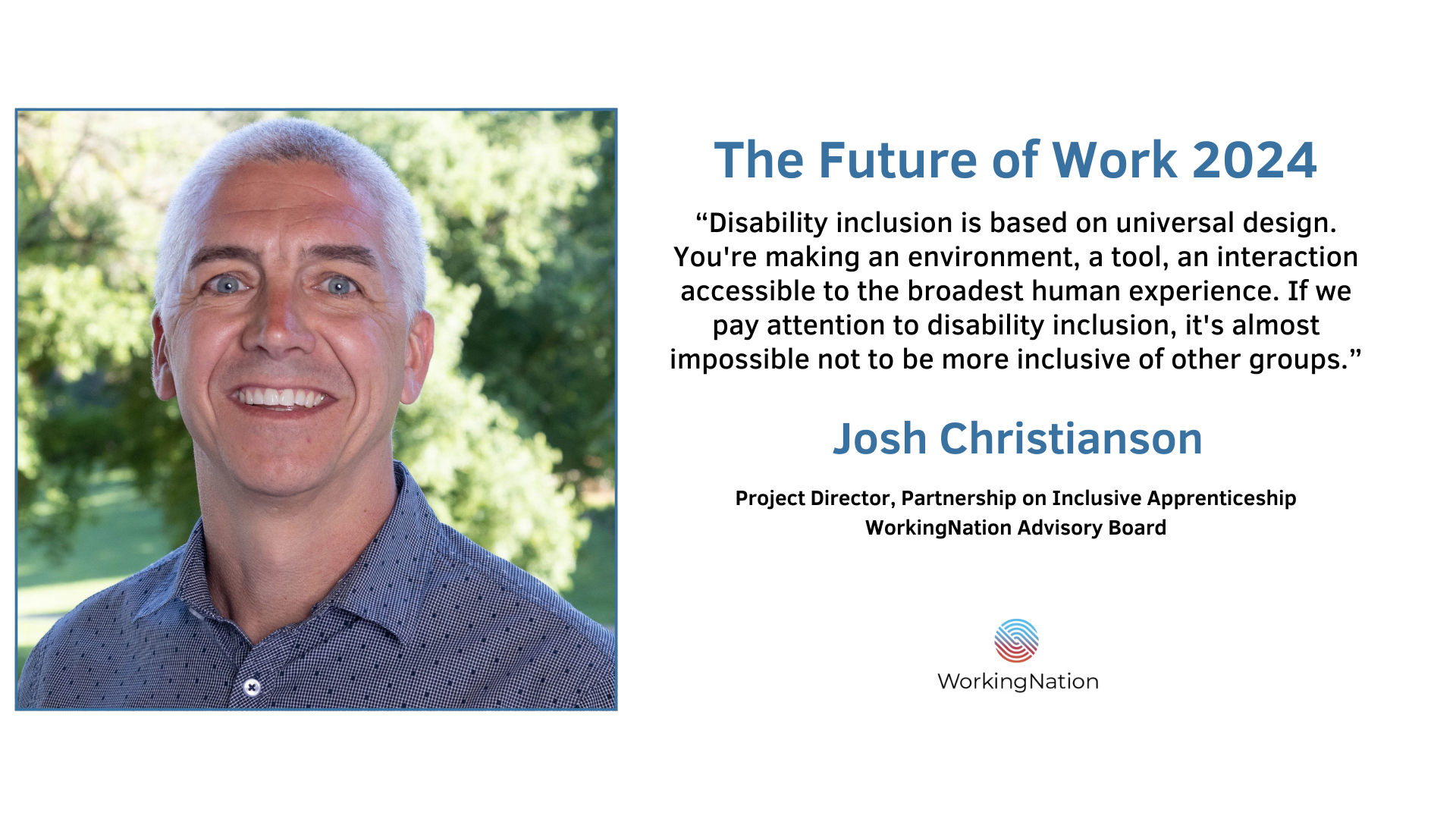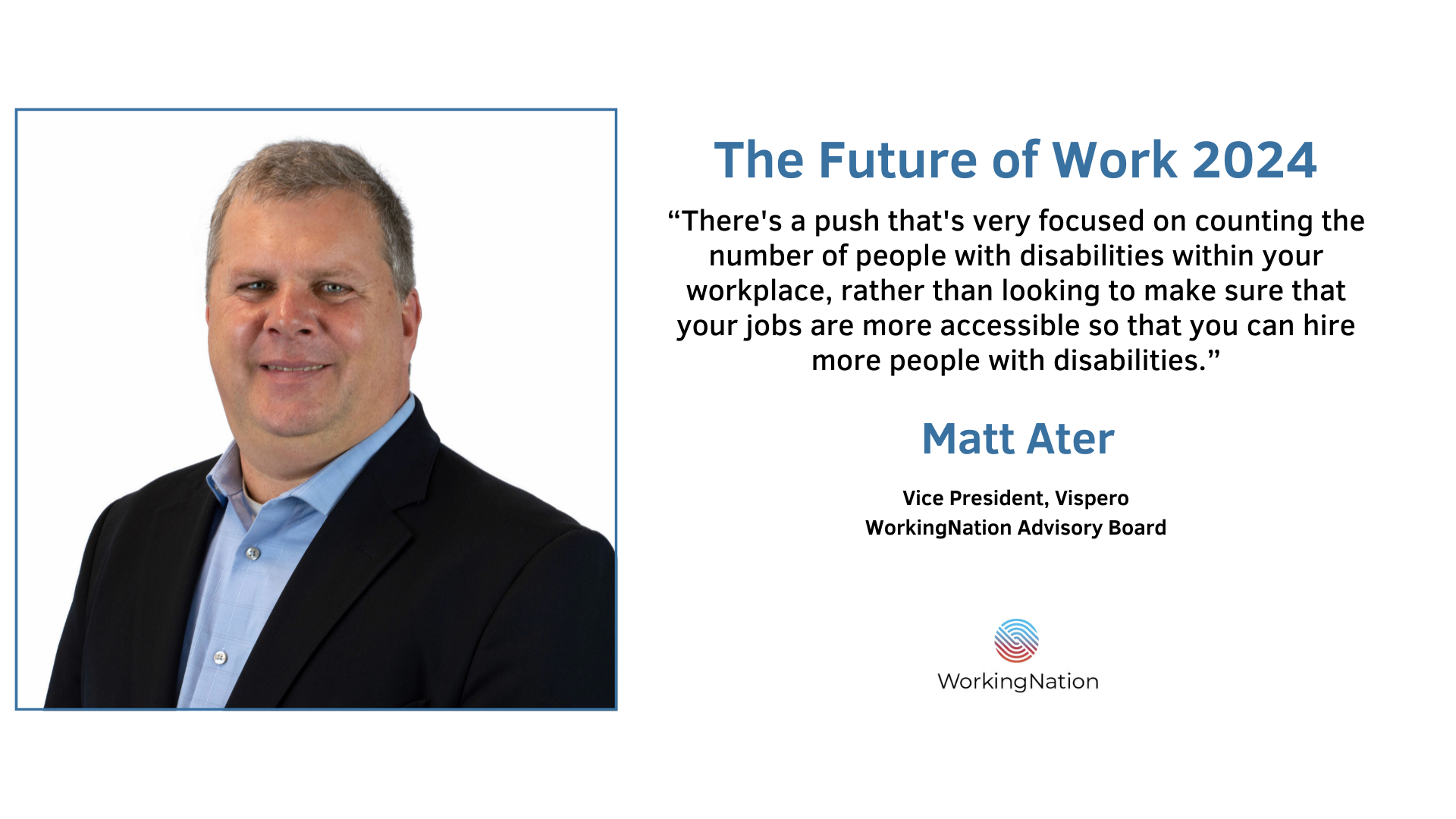The entertainment industry is in the process of getting itself back to work after being shut down due to COVID-19. More than 200,000 jobs in the motion picture and sound recording industries were lost between March and April of this year as production dried up, according to figures released by the Bureau of Labor Statistics (BLS). The jobs lost affected not only actors, directors, and producers but also the men and women working behind-the-scenes creating content.
Safety Practices in Place to Get Production Rolling Again
In Los Angeles, Film LA is once again issuing film permits for certain areas. A “white paper” from the Alliance of Motion Picture and Television Producers sets out dozens of recommended safety practices with emphasis on social distancing. “Limiting face-to-face contact with others is the best way to reduce the spread of COVID-19. Cast and crew must practice physical distancing whenever possible,” the report says.
Production is also getting underway in other parts of the country. For example, Tyler Perry is planning on starting production of the BET shows Sistas and The Oval at his Atlanta studio in July with protocols in place for his cast and crew. These include extensive testing and self-isolation, a closed set, and masks to be worn by everyone at all times, with exceptions for cast during filming, and during sittings with hair and makeup. It also requires that anyone able to work remotely to do so.
Training Programs Have Pivoted Their Services
Nonprofit programs designed to increase diversity and inclusion in the entertainment industry through training and mentorships had to shift their services online because of the pandemic. They plan to slowly bring back the in-person curriculum, but have found ways to keep their jobs training programs going in the meantime.
Better Youth, Inc. is an organization that mentors young people and helps develop life skills through media arts training. The program serves foster, former foster, homeless, and at-risk youth. Founder and Executive Director Syd Stewart tells WorkingNation the limitations imposed by the pandemic have helped identify the group’s strengths.
“We’ve always kind of been a ‘click and mortar’ program. We kind of work virtually. Our young people were trained on computers. They operate on their phone. They’re already existing in digital, in a virtual space through social media platforms. So, we work in a lot of virtual spaces,” says Stewart.
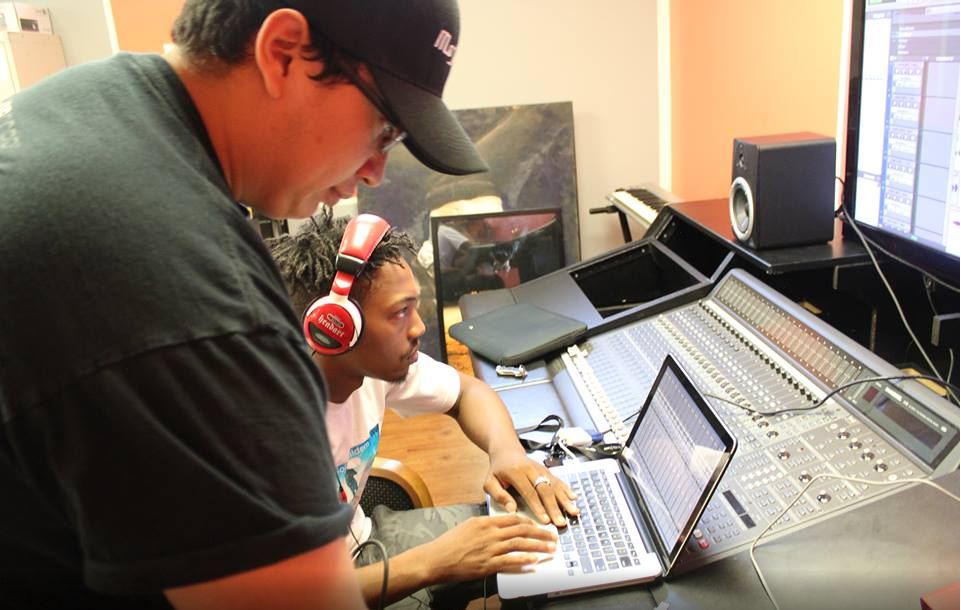
“COVID shifted the standard and so when it shifted, it revealed our strengths. We were able to move very quickly into promoting online. Film is a great medium because it can be shared online, it can be viewed online, we can analyze them online and it also can be created. Digital media can be created virtually, with stock footage. You can also film over Zoom, which we discovered. We can also share screens over Zoom and edit. So, our young people were trained so they would identify where their strengths lie and they rose to the occasion.”
Better Youth has a partnership with the L.A. Urban League, who in turn partners with L.A. City College. When the school shut down because of COVID-19, the cohort of students enrolled in the college’s grip and electric class pivoted to gaining editing skills and remotely creating a promotional video for the Los Angeles Urban League.
This summer, Stewart says the organization is starting a virtual professional development program. “It’s six weeks of professional development and they will be studying and training in documentary filmmaking. It will train them to be able to create these promotional videos for companies that now need to switch to a digital format.” The program will lead to a paid internship for participants.
Stewart isn’t the only one looking for positives in the COVID-19 pandemic. Adele B. Wilson is the managing director of Streetlights. The organization’s mission is to redress the inequity of gender and racial hiring practices behind-the-camera in the entertainment industry.
Streetlights does that by providing comprehensive job training and guaranteed job placement, followed up by career advancement services for low-income, underserved, ethnically diverse men and women. Each four-week, hands-on training class contains an average of 12 people who learn the skills required for entry-level production assistant jobs.
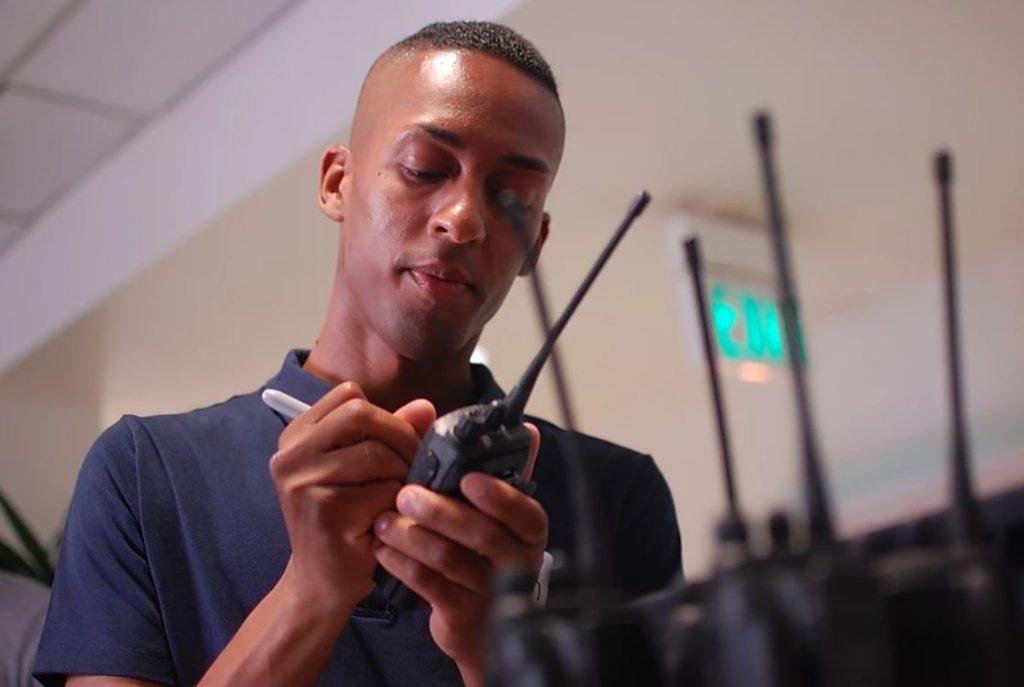
Because it guarantees job placement, Wilson tells WorkingNation that Streetlights was forced to shut down completely when the industry stopped production. There would be no work for the spring class or for the 150 graduates on the roster.
Despite the hardships, Wilson says, it might be better in the long run because there’s a potential need for larger P.A. crews. “We do know a couple of things. One is we know that there is going to have to be someone on set that, for lack of a better title, we’ll call a COVID coordinator that’s going to have to make sure the set is fully compliant with social distancing and hygiene and all those things.”
“So that is one thought. You also have to make sure that everything is disposed of properly and everything is wiped down in between shots, so there is a possible opportunity for more production assistants.”
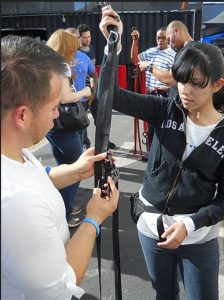
Wilson thinks there will be more P.A.s needed as productions isolate more of their casts and crews during shoots. “They’ll still have to have all the things done for a commercial, but they will be doing it in different places. So they don’t have a crew of a hundred, they’ll have 10 or 12 in each place.”
Wilson says she sees signs of life in the production industry and is looking forward to seeing what new opportunities will arise from a post-pandemic Hollywood. “We do know that production is coming back slowly and we actually got messages from two of our PAs that they were hired for jobs which they worked remotely.”
Wilson adds, “We anticipate production to really surge when it starts and we’re looking forward to that so that we can get our people to work and that we can start our classes again. The other thing to look forward to is what are the opportunities that are going to come out of COVID-19 in terms of vendors, crew members, studio spaces, sound stages, locations. Who is going to come up with the next great idea that’s going to just make it work no matter what happens.”
The Last to Feel the Heat

Chuck Dulin is the owner of Wolverine VFX, a special effects company in Los Angeles. He tells WorkingNation the COVID-19 pandemic is unlike anything his company has experienced before. “I would say it’s definitely new territory for us. I mean it’s a pretty novel situation. Just the fact that it has literally decimated whole chunks of business.”
Dulin has four full-time staffers and scales up with additional artists to meet the needs of his workflow. As a visual effects company, Dulin says the company has been in an interesting position. “Since we are at the tail-end of the post-production process, things like work slowdowns and this pandemic usually affect us last. We were fortunate to have some work in our pipeline that kept our team busy recently.”
Dulin notes that the company works with secure files and secure servers with limited access—so it was easy to transition to remote work. But, he adds, the production stoppage is now starting to catch up to his company. “Work is slowing down. Most of our fellow artists are looking for work as well. We are very excited to hear about production starting back up, and can’t wait to get back to some form of familiarity.”
Check out this free Diversity Toolkit focused on helping companies, regulatory agencies, suppliers, and individuals advance their diversity and inclusion efforts, enhance their recruiting options and success, and add to their knowledge of diversity and inclusion in the utilities and communications industries.



